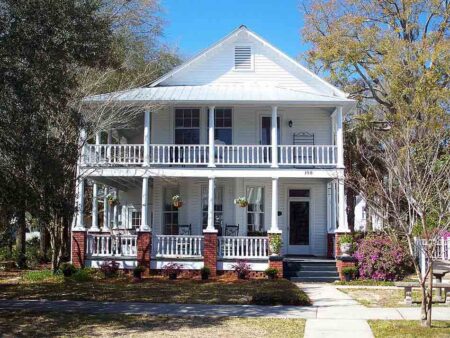NORTH FLORIDA — Many people fertilize their lawns too late with too much nitrogen. They wrongly call this practice “winterizing.”
The word “winterizer” is misleading.
Many of the so-called winterizer fertilizers available in our area can cause more damage than good. The time to fertilize our warm-season grasses in Florida is during the growing season, not when the grasses are going to “sleep” for the winter.
Our lawn grasses respond to day length and temperature. As the days become shorter in late summer and fall and the temperatures become cooler, our lawn grasses begin to slow down in growth as they prepare to become dormant for winter.
Applying high nitrogen fertilizer toward the end of the lawn growing season, interferes with the dormancy process, forcing the lawn to “wake up” (produce new tender growth) at the wrong time of year. You set the lawn up for cold injury.
That late young, tender growth is more susceptible to cold injury and is likely to be damaged by the first frost or freeze. And, many times, this damage goes unnoticed until the following spring when sections of the lawn fail to green up.
In North Florida, mid-September would be the latest that the University of Florida recommends applying nitrogen to our warm-season lawns.
Fall is somewhat a mirror image of spring. The day length of fall (Autumnal equinox) is 12 hours and the day length of spring (Vernal equinox) is 12 hours. Equinox means “equal night.”
Most places on Earth has approximately 12 hours of daylight and 12 hours of darkness during the beginning of fall and spring. Our air temperatures are somewhat similar during spring and fall, as well.
Because the conditions of spring and fall are very similar, we need to be careful with fertilizer timing. A somewhat comical way of thinking about this is that the lawn doesn’t know if you what it to go dormant or resume growth when you apply fertilizer too late in fall under spring-like conditions.
It doesn’t know if it’s time to “wake up” or go to “sleep.”
Our lawn grasses actively grow during the warmer months of spring, summer, and early fall. They are designed to go dormant in fall and winter.
The cooler temperatures (particularly cooler night temperatures) and shorter days of autumn trigger these grasses to slow down.
Also, for the fertilizer to benefit your lawn, it needs to be applied while the grass is actively growing and when the grass can readily take it in. As the lawn is going dormant and when the soil temperature is cooler, much of the fertilizer that could have benefited the grass is wasted and may end up in our groundwater.
Larry Williams is the Extension horticulture agent with the Okaloosa County Cooperative Extension Service, University of Florida. Contact Larry at 689-5850 or email lwilliams@myokaloosa.com.







